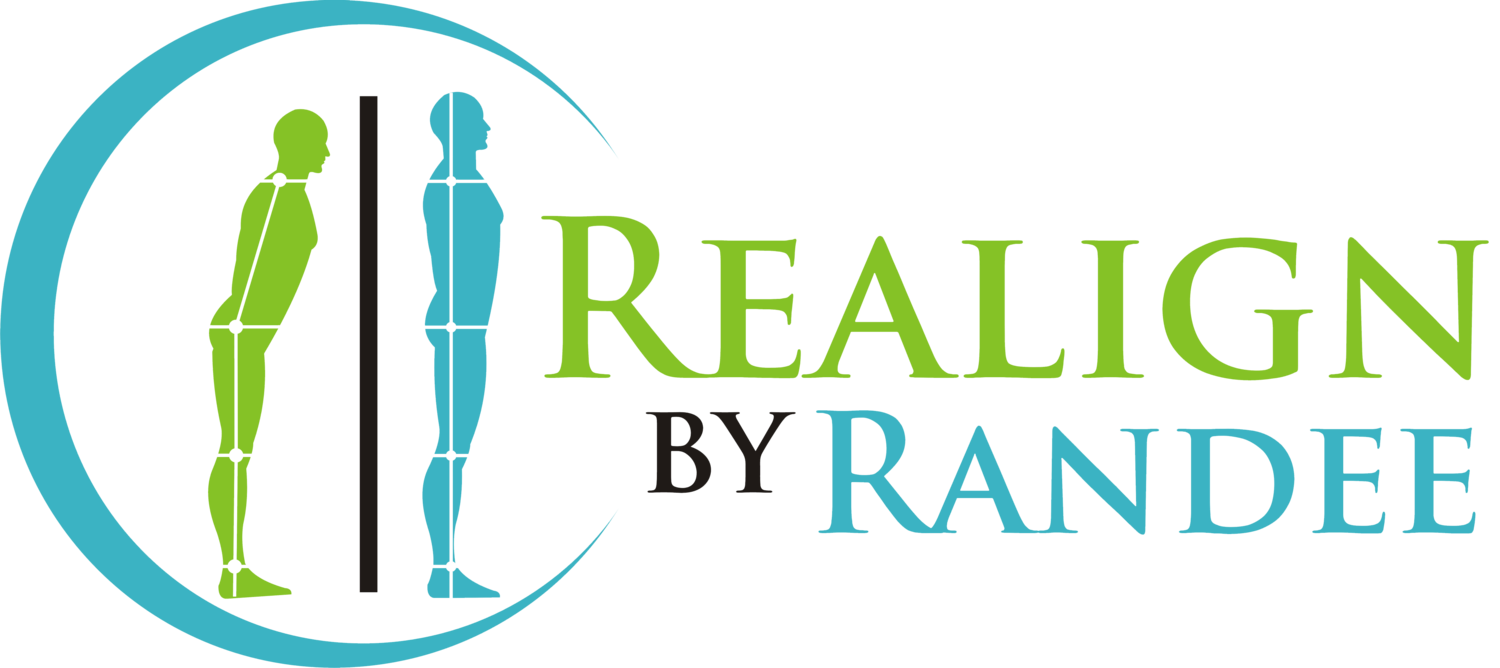Carpal Tunnel Syndrome, Tennis Elbow, or Golfer's Elbow and 2 powerful ways to help prevent these conditions
Head to Toe Series Part 7 Elbow, Wrist and Hands
Hands and fingers can move delicately to create beautiful art or perform life saving intricate surgery. They also are meant to be strong and can hold the weight of the body in a handstand and open a sealed jar.
If your dominant hand is injured - we feel quite debilitated. In many cases not being able to use the hand or wrist can affect working and our livelihood.
There might be another symptom like back pain or knee pain that you don’t realize is connected to the wrist, elbow or hand pain. If we are not loading well through our joints in standing and moving around, different symptoms are often linked together with alignment. In our modern medical world it is not commonly addressed this way but, you might instinctively feel this going on in your body. You might feel a little off balance or notice one leg/foot turning out more; these are the signs of muscle imbalance.
When the shoulder doesn’t rotate and hinge as it should the elbow takes the extra force. The elbow translates the forces from the shoulder into finer movements in the wrist or hand. If the shoulder doesn't sit in proper position and have all its motion the elbow takes the extra motion and passes some of it on to the wrist.
In our wrist and forearms there are many tendons and nerves with a small area, if too much force in movement, this causes friction. That is why sometimes the pain feels almost like a burning pain. We don’t realize we move less in our trunk and body out of caution with the back that there is extra force on the elbow and down to the finger.
Chronic pain can occur from faulty movement that is subtly happening throughout the body. As the muscles and joints pass the buck around we can be functioning but in a compensatory manner. Eventually this causes pain or other symptoms.
Just take a look around in the grocery store, at a mall or a model and notice people let their hips come forward, shoulders slouch and then the back of the hands are facing forward. When the back of the hands are facing forward this means the shoulders are disengaged.
When friction occurs in some of these joints, the body produces extra fluid; eventually with the extra fluid then cysts form or tendonitis occur.Surgeries or draining of cysts help the symptom but, what about the whole body misalignment that was causing the extra friction in the first place.
If we ignore the body’s pain signals and use medications, like anti-inflammatories or cortisone injections we can continue for a while but the joint might be wearing or breaking down. If you are reading this email you are ahead of the game in considering or working on your body as a whole. Even if you have already had a joint replaced, we have many joints and we want to protect all or as many possible.
Just like we feed our bodies with food with need to refuel our bodies with enough motion to keep all our joints functioning properly.
When I talk about the body being a unit, it is easy to understand the shoulder, elbow, wrist and hand connection. The key to many wrist and hand issues if not from traumatic incidence are what is happening at the shoulder. The shoulder is where we get more muscle power. The common language with carpal tunnel syndrome is a repetitive strain injury but, it is more about what we don’t do with our shoulders
Wrist braces can help calm an acute severe pain or help with diagnosis of what is a factor influencing pain, numbness or tingling, modifying the environment can help with unnecessary strain, but, we want to think about how we are transferring forces and friction.
Tip Time
While you are typing pay attention to what your wrist and forearm feel like when you are slouching and create an awareness of what is happening. The first step is to connect to your body’s habits so you can then change it.
Typing on a keyboard or even texting on a phone engage your shoulders more to assist the lower arms. When typing on a keyboard, do not pull the backs of your hands up, toward the wrists as you type - this creates a narrowing in the space where the tendons and nerves cross through.
Take a moment every 30 minutes to an hour from doing work on a phone or a computer to stand with your back against the wall. Don’t force your head on the wall, make your feet straight and parallel. And do 10 shoulder blade squeezes.
